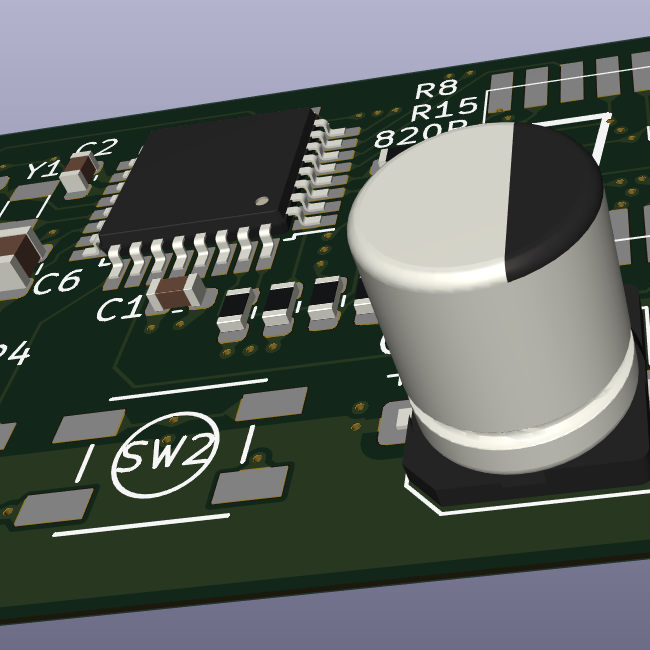Modern AVR has a wide variety of Timers (TCA, TCB most commonly, but TCD, TCE, and TCF are uncommon and specific to particular AVR chips).
This can make choosing a AVR DD vs AVR EA vs AVR EB vs AVR DA a difficult choice, especially if you’re trying to use timers to their greatest extent possible.
This blogpost covers a basic idea of what the different timers offer.
The blogpost is short enough. I feel like what I can add is to highlight the difference between:
-
Timers – A background count++, a comparator of count vs some pre-configured values, and then likely an output pin that changes based off of these configurations. Consider this an MCU output. Almost everything listed can be used as a timer.
-
Counters – Counter functionality is an MCU input. Many protocols, such as Servos, PWM, pulse-train decoding requires a variety of pulse-frequency-modulation, pulse-counting, or wide variety of other kinds of common tasks. “TCB” may be called a “Timer”, but its really more of a counter-focused device which can more easily measure frequencies (for pulse-frequency-modulation). TCA and a few others can do some basic counting tasks, but usually not as well as TCB.
The other discussions in the blog are easy enough to understand IMO. This is all AVR specific, but some of the best material online are highly specialized articles like this, so I still feel like sharing.

